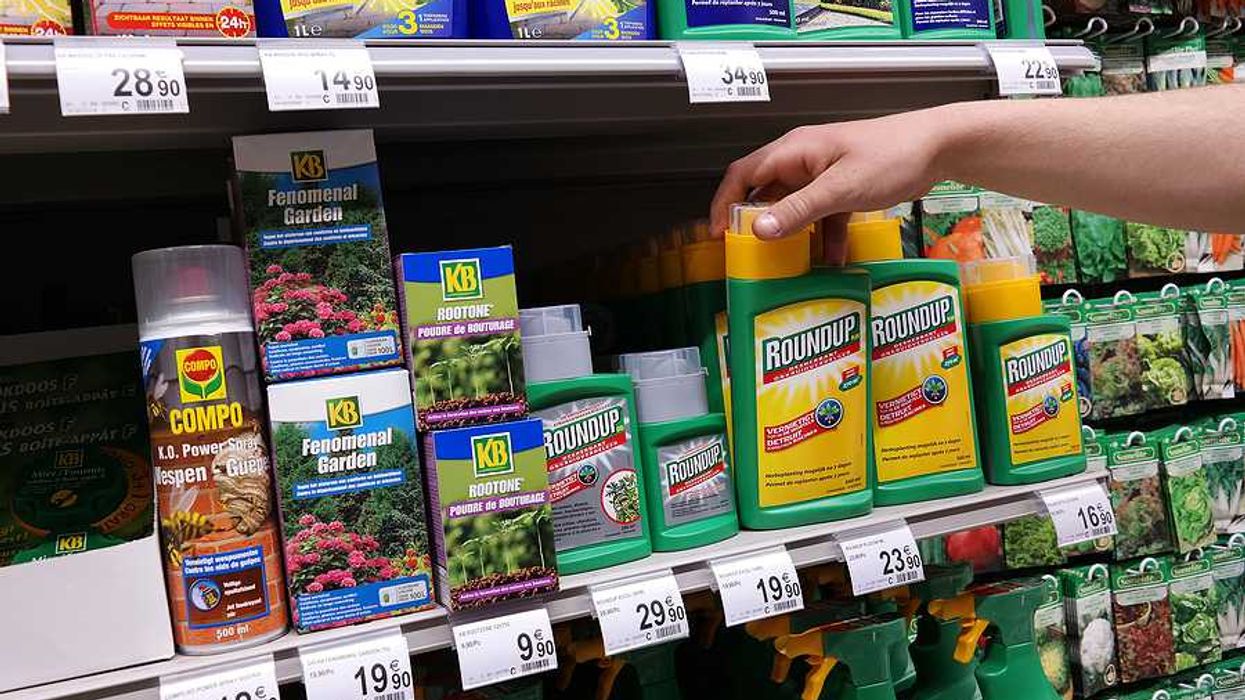The increasing use of specific pesticides is significantly reducing the populations of wild bees across the U.S., according to a new study in Nature Sustainability.
Sharon Udasin reports for The Hill.
In short:
- Two pesticides, neonicotinoid and pyrethroid, are causing a 43.3% decline in wild bee species' presence in certain areas.
- Researchers analyzed over 200,000 observations of more than 1,000 bee species to assess pesticide impact.
- The study advocates for alternative pest control methods to protect wild bee populations.
Key quote:
“More data and analysis on the long-term effects of pesticides will help guide these efforts to the benefit of all pollinators, including wild bees.”
— Laura Melissa Guzman, assistant professor of biological sciences at the University of Southern California
Why this matters:
Wild bees are vital pollinators in ecosystems and agriculture. The decline of these species threatens biodiversity and food security, making it urgent to reconsider pesticide use.
Related EHN coverage:














